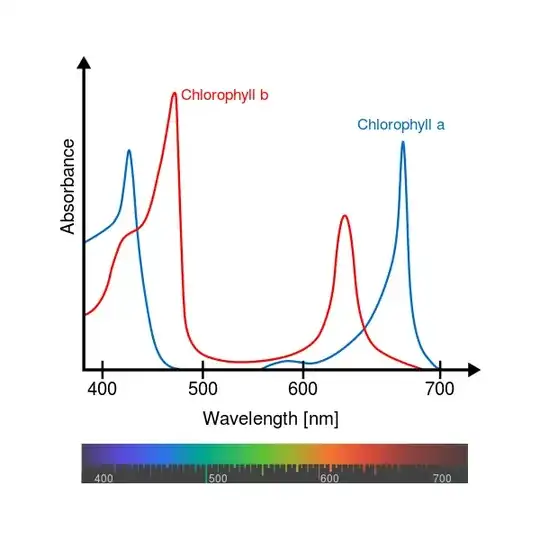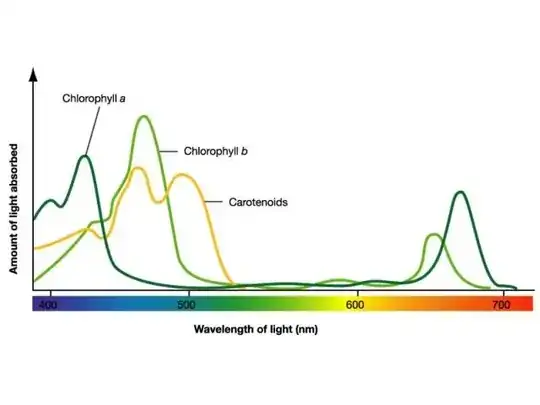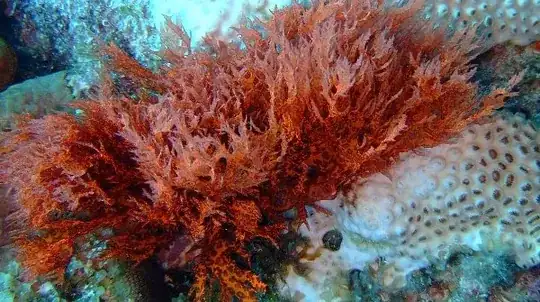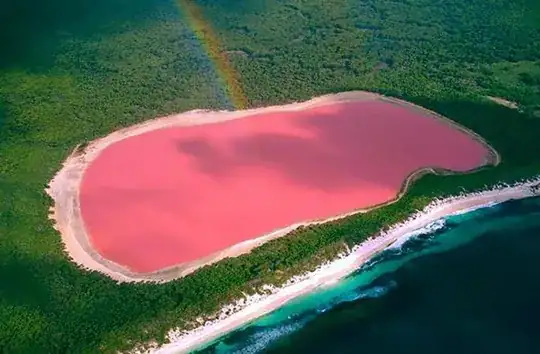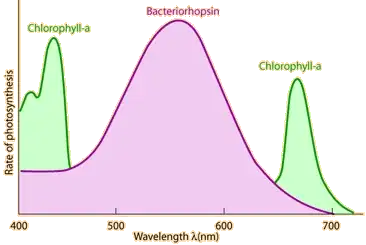This question on Physics.SE asks whether other colors are possible for the sky.
I would like my planet to be inhabitable by normal humans. It has 768 days and they are living in a temperate/Mediterranean climate area. I am not yet sure what color the sun is, but I'd like the sky to be near blue, but more violet. Would that change the color of grass or leaves? I understand that we have trees with color variation on Earth, but this is an overview. A child would say leaves of summer are green. I think that as my sky is just slightly off color, that trees would be the same, slightly a different green.
Edit:
This is the color I had in mind. I should have said LIGHT violet

